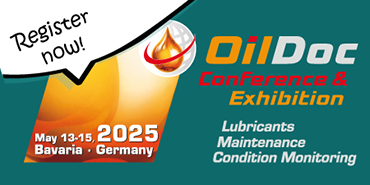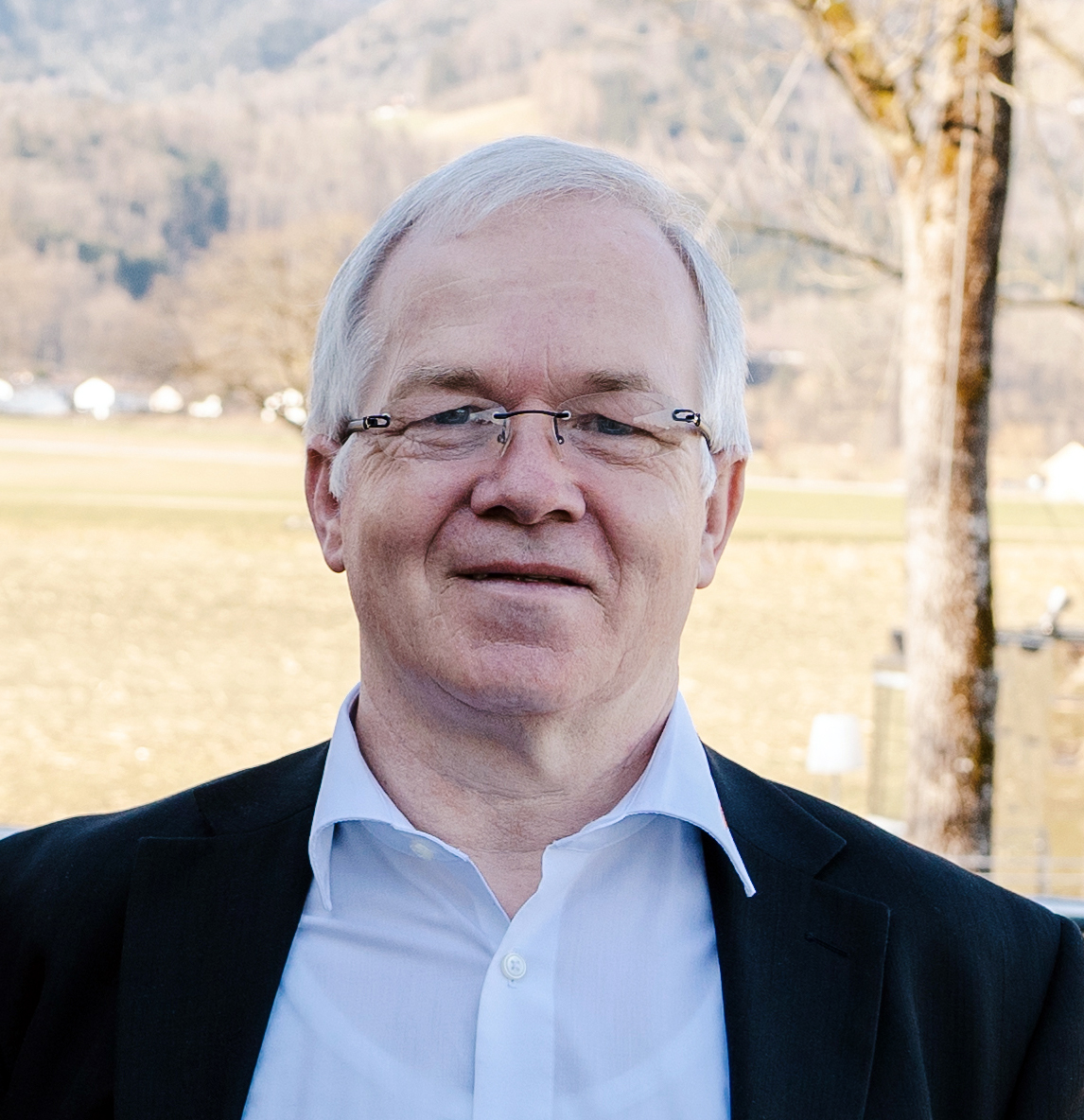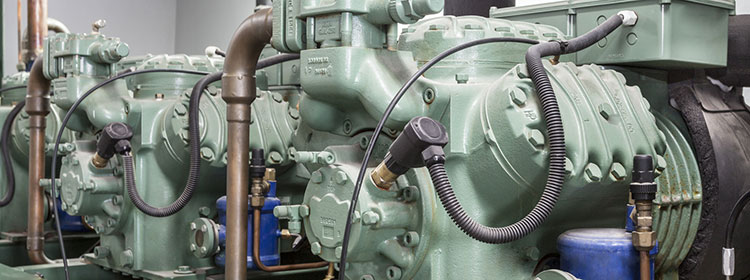Infrared-spectroscopy is one of the most powerful methods of lubricant analysis. The knowledge around the evaluation and interpretation of infrared-spectra is until today known as a well-kept secret by many practitioners and subricant analysts. And that, even though the basics of FTIR-spectroscopy and the determination of important parameters are known well since many years and are even standardized.
Our seminar provides an insight into the basics and practice of FTIR-spectroscopy of new and used lubricants. Like hardly any other procedure, the quality of the results is highly dependent on ancillary conditions. In practice, the continuously changing world of lubnricants makes obvious that some classical, in DIN- and ASTM-norms standardized methods for modern synthetic lubricants have no significance. Modern, numerical procedures provide totally new possibilities to test lubricants about their alterations and serviceability.
This training provides an insight into the fundamentals and the practice of FTIR-spectroscopy of new and lubricants in-use. Examples from more than 15 years of lubrication analysis with hundredthousands of infrared-spectra are helpful tools to demystify the application of FTIR-spectroscopy.
You will then be able to “read” and understand FT-IR spectra for oils and lubricants.
Target Group
- Personnel of labs with Relations to lubricant analytics
- Skilled employees from technical and sales departments of lubricant producers and their trade partners
- Operating fluids responsibles of machine and component producers
- Quality managers and employees from the area warranty of machine and lubricant Producers and their suppliers
- Technical purchasers for lubricants and operating fluids
- Skilled employees working in condition Monitoring, oil care and fluid management
- Technically interested employees who want to extend their knowledge about lubricants
Aims
- Safe application of FTIR-spectroscopy in lubricant analysis
- Identification of important basic oil and additive components
- Usage of FTIR-spectroscopy in warranty, identity and incoming goods control
- Usage of classical and chemometric calculation methods to monitor used lubricants
- Practical relevant interpretation of FTIR-spectra of used lubricants under consideration of boundary conditions and resulting possibilities of error
- Identification of unknown substances and their classification to typical element groups with the help of FTIR-libraries and databases
- Linkage of the results with other procedures of lubrication analysis and possibilities of verification








